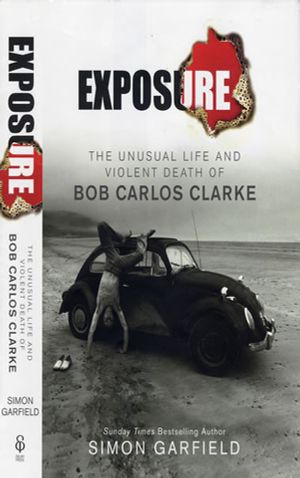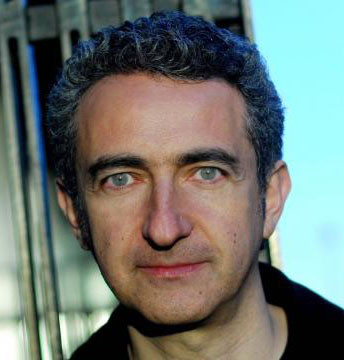
Retired to a life of private research at the age of 36. ''For the first time, people realized that the study of chemistry could make them rich.'' So rich that Perkin ''Perkin'sĭiscovery affected the whole nature of scientific investigation,'' Garfield writes.

But more critical was the lure of the economic potential of taking science to the marketplace. Of France, the era's chief arbiter of fashion, decided that Perkin's mauve matched her eyes. Luck helped, especially when Queen Victoria wore mauve to a royal wedding and Empress Eugénie An 18-year-old boy devises a new product that his elders initially dismiss he persists by searching for ventureĬapital and then, battling litigation for patent infringement, he founds an industry that creates a new world scientific order. Today, the digital palette contains more than 16 million shades.Īlthough Garfield does not make a direct comparison, the delight of this book is seeing the parallels to present-day trends in technology. The turn of the 20th century, because of Perkin's novel idea, dye makers had 2,000 synthesized colors at their disposal. For centuries, a very limited palette of dyes was derived from shellfish, insects, vegetables and plant matter. Staining a silk cloth with his new discovery, Perkin saw that the light purple color didn't fade with washing or exposure to light. He didn't just throw the black muck away but further processed it and found that part of the residue was useful as a dye. His home, Perkin managed to concoct only a dark oily sludge. Artificially synthesizing the antimalarial quinine would have been a boon to an empire-building nation. Tar, a byproduct of coal gas production that is rich in carbon, hydrogen, oxygen and nitrogen. While studying at the Royal College of Chemistry, he attempted to synthesize quinine from coal The ''one man'' referred to in Garfield's subtitle is William Henry Perkin, born in London in 1838, the son of a well-to-do carpenter.

Chemistry, once an ivory-tower pursuit of gentlemen-scholars, was transformed into a commercialĮnterprise aimed at reinventing nature in a test tube. This engaging and airy history shows how the development of mauve, the first mass-produced artificial dye, ignited a 19th-century revolution in applied science. ''Mauve,'' by Simon Garfield, could change that attitude. Simpson trial in a new suit, Johnnie Cochran told reporters to characterize it as blue. Occasionally embraced byĬouturiers and interior decorators, the color is more often maligned.

How One Man Invented a Color That Changed the World.Īuve is an elusive hue its description can easily shift from the realm of a pale violet to the depths of a purplish red.


 0 kommentar(er)
0 kommentar(er)
